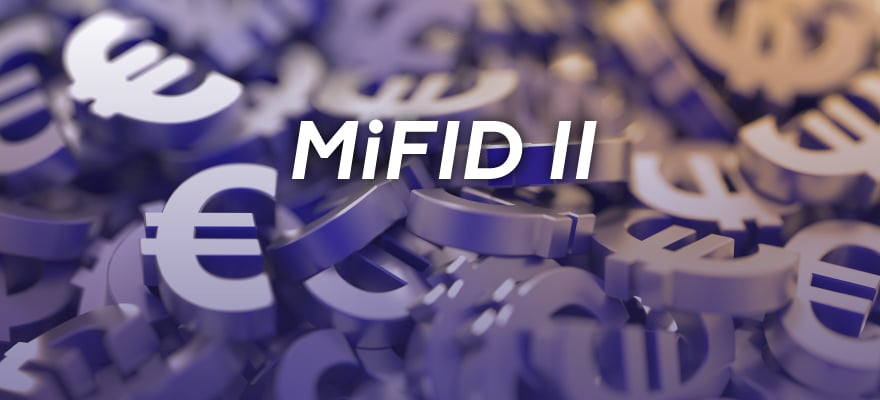About five months into MiFID II, investors in shares, fixed income, structured products and exchange-traded funds (ETFs) are split over whether the European Union’s long-anticipated implementation of the new reforms has been successful.
That’s according to a survey of traders conducted by the SIX Swiss Exchange, which assessed the shakeup to the multi-trillion-dollar markets under the European Union law that came into effect on January 3.
A closer look at the results shows that there is a solid consensus that the new trading and reporting rules have had a strong positive impact on market transparency, but have not adversely affected the current distribution of Liquidity sources.
Specifically, the study found that just 26 percent of those surveyed believed that only a handful of dark liquidity pools are ready to shift to lit markets. As part of MiFID II’s aim of developing more transparent markets, trading in dark pools is to be restricted.
As one might expect, the results show that many traders are not yet sure how to navigate these changes.
Reporting Challenges
When asked about their primary challenge, 86 percent of respondents cited “transaction reporting” as the biggest threat, while just 36 of respondents considered best execution reporting changes to be the most critical issue.
Further results point to roughly 87 percent of those surveyed as expecting the increased levels of Volatility seen in the first quarter to continue in the months ahead. A smaller percentage cited regulation such as MiFID II as their top concern in 2018. The figure was reported at 46 percent, compared with 73 percent in 2017.
Results were gathered from more than 174 traders from across Europe, of which 53 percent traded in shares, 19 percent in Fixed Income, 14 percent in Structured products and 13 percent in ETFs/ETPs or other products.
Commenting on the findings of the survey, Tony Shaw, Director London Office, Securities & Exchanges at SIX, said "This variance in responses highlights the reigning uncertainty among traders. Over time, market developments will provide more conclusive answers on the success of MiFID II. Despite the optimism of some traders, there is no consensus on whether MiFID II can be deemed a success. Our research demonstrates a large difference of opinion among market participants."
















